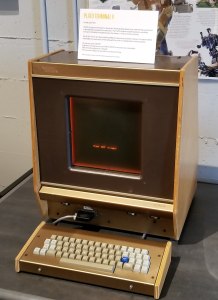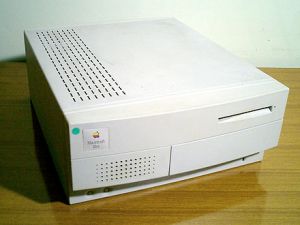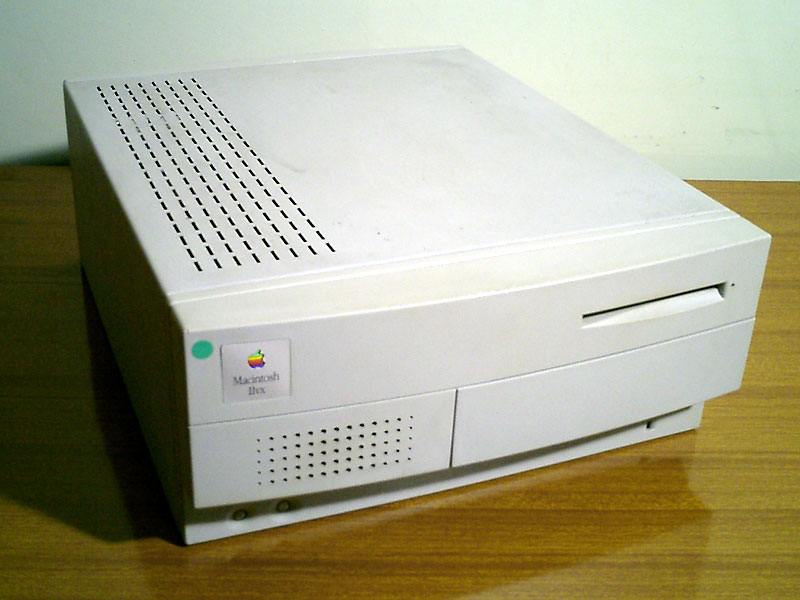If I wrote my books to take place in the 25th Century, extrapolating the future would be easy — I could make ships fly, fill them with artificial gravity, and use technobabble —
“the core elementals are based on FTL nanoprocessor units arranged into twenty-five bilateral kelilactals with twenty of those units being slaved to the central heisenfram terminal …”
Star Trek: Next Generation, “Rascals”.
To be fair, this passage segment was written purposely as technobabble. Let’s try this:
“No, sir. My brother’s positronic brain has a Type L phase discriminating amplifier. Mine is a type R.”
Star Trek: Next Generation, “Time’s Arrow, Part 1”
I write about the near future. Most of my books take place between 2020 and 2065. I’m told I need to describe these better by my new editor — actually what he said was “You’re too f’n smart”. It’s true, because I feel no need to explain “TEM” (tunneling electron microscope) and the like. Bad me.
To write the technology for my stories, I need to do the following:
- Think about what technology is needed in the story
- Research the current state of technology in that area
- Think about how much that technology might have progressed or regressed since now, given the increase in climate change, the eventual collapse of the United States (yes, that’s part of my future scenario) and the scarcity of some materials and plants.
For example, in 2025, we see the beginnings of food scarcity and economy collapse, and the technology will evolve toward low-tech growing techniques such as permaculture and low use of pesticides, and house building methods such as earthbags — building walls of earth-filled bags, and cob (mud and straw hammered into compact units.)
In the year 2035, the US has collapsed due to some of the forces we see in play now — domestic terrorist groups allowed to proliferate as the foreign terrorist threat was trumped up (see what I did there?) Materials are often scavenged or created in small amounts in low-tech settings. The commune has adopted low-tech techniques from earlier days. They started early — 2020 — and laid down underground dens with above ground greenhouse domes and moisture-reclamation systems. All their technology is currently available or in development. They garden low-water vegetables and keep desert goats. If something breaks, they try to fix it themselves, do without, or materialize the part in InterSpace, but only if they’ve encountered the item before and understand it thoroughly. This is the last resort for these Archetypes, because they’re considered renegades from their own habitat, which is why they’re Earthside. If they get caught, they may be arrested and sent to NoSpace, the sensory deprivation chamber, for many years.
It is necessary to devolve as well as evolve technology. In 2065, the world has fallen into complete disrepair as there is not enough food for anyone. Many have died; the cities have turned to city-states; the rich hoard most of the resources and live in underground bunkers. Most of the cities have been bombed in skirmishes between the desperate and the cops, with the cops having the bulk of the power. There are buses, and electricity and electric burners, but little other technology.
To develop this understanding of the technology, I have to do a lot of research before I write. Over the last couple of days, my search terms have included: high desert, desert farming, desert goat breeds, jatropha biodiesel (did you know you can make biodiesel from an easy-to-grow tropical nut?), edible jatropha, jatropha meal cakes for animals, atmospheric water generator, DIY shade paint, limestone mining Idaho, limestone to calcium chloride, how to make slaked lime, Navajo-Churro sheep, growing catfish with aquaponics, and underground desert living units. This is why I couldn’t write this book 30 years ago, because I couldn’t get hold of this research easily
Now, according to my editor, all I have to do is actually describe it to other people in my writing.











